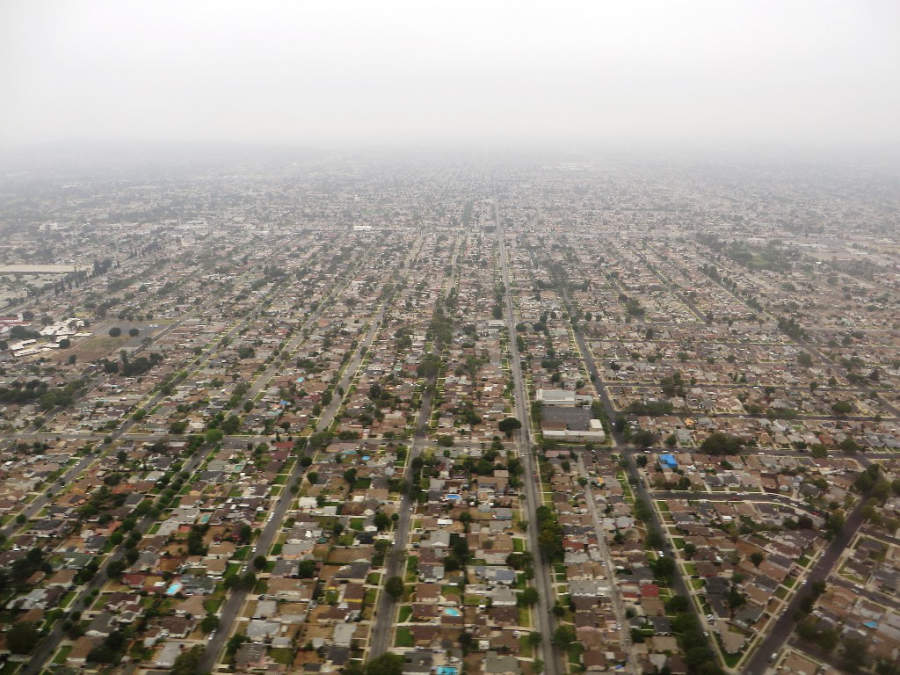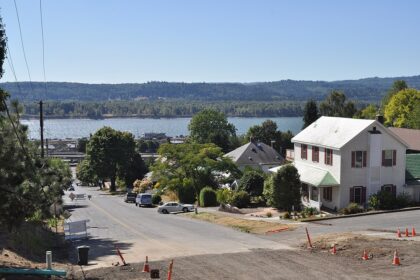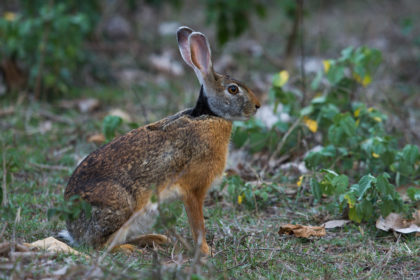Inglewood is a city in southwestern Los Angeles County, California, in the Los Angeles metropolitan area. Take a look below for 20 awesome and fascinating facts about Inglewood, California, United States.
1. As of the 2020 U.S. Census, the city had a population of 107,762.
2. It was incorporated on February 14, 1908.
3. The city is in the South Bay region of Los Angeles County, near Los Angeles International Airport.
4. The earliest residents of what is now Inglewood were Native Americans who used the natural springs in today’s Edward Vincent Jr. Park (known for most of its history as Centinela Park).
5. Local historian Gladys Waddingham wrote that these springs took the name Centinela from the hills that rose gradually around them and which allowed ranchers to watch over their herds “(thus the name centinelas or sentinels)”.
6. Waddingham traced the written history of Inglewood back to the original settlers of Los Angeles in 1781, one of whom was the Spanish soldier Jose Manuel Orchado Machado, “a 23-year-old muleteer from Los Alamos in Sinaloa”.
7. These settlers, she wrote, were ordered by the officials of the San Gabriel Mission “to graze their animals on the ocean side of Los Angeles in order not to infringe on Mission lands.”
8. As a result, the settlers, or pobladores, drove some of their cattle to the “lush pasture lands near Centinela Springs”, and the first construction there was done by Bruno Ygnacio Ávila, who received a permit in 1822 to build a “corral and hut for his herders.”
9. The area that is now Inglewood was divided into two rancho grants: Rancho Sausal Redondo and Rancho Aguaje de la Centinela.
10. Later Avila constructed a three-room adobe on a slight rise overlooking the creek that ran from Centinela Springs all the way to the ocean. According to the LAOkay web site, this adobe was built where the present baseball field is in the park. It no longer exists.
11. In 1834, Ygnacio Machado, one of the sons of Jose Machado, built the Centinela Adobe,: unpaged [xv] which sits on a rise above the present Interstate 405 (San Diego Freeway) and is used as the headquarters of the Centinela Valley Historical Society. Two years later, Waddingham writes, Ygnacio was granted the 2,220-acre (9.0 km2) Rancho Aguaje de la Centinela even though this land had already been claimed by Avila.
12. Daniel Freeman acquired the rancho and was a founder of the Centinela-Inglewood Land Company in 1887, which developed the city.
13. Inglewood Park Cemetery, a widely used cemetery for the entire region, was founded in 1905.
14. The city has been home to the Hollywood Park Racetrack from 1938 to 2013, one of the premier horse racing venues in the United States.
15. Fosters Freeze, the first soft serve ice cream chain in California, was founded by George Foster in 1946 in Inglewood.
16. Inglewood was named an All-America City by the National Civic League in 1989 and yet again in 2009 for its visible progress.
17. Ku Klux Klan activities in Inglewood during the 20th century were highlighted by the 1922 arrest and trial of 37 men, most of them masked, for a night-time raid on a suspected bootlegger and his family. The raid led to the shooting death of one of the culprits, an Inglewood police officer. A jury returned a “not guilty” verdict for all defendants who completed the trial.
18. It was this scandal, according to the Los Angeles Times, that eventually led to the outlawing of the Klan in California. The Klan had a chapter in Inglewood as late as October 1931.
19. A “grand avenue at least 150 feet wide” was being built in late 1887 from the end of Figueroa Street in Los Angeles “to the new town of Inglewood on the Centinela ranch”, to be “planted with a border of tropical trees, making it one of the handsomest five-mile drives” on the coast.”
20. Major streets that run through Inglewood are La Cienega Boulevard, Crenshaw Boulevard, Hawthorne Boulevard (California), La Brea Avenue, Century Boulevard, Manchester Avenue, (Manchester Boulevard in Inglewood), Florence Avenue, and Prairie Avenue.




